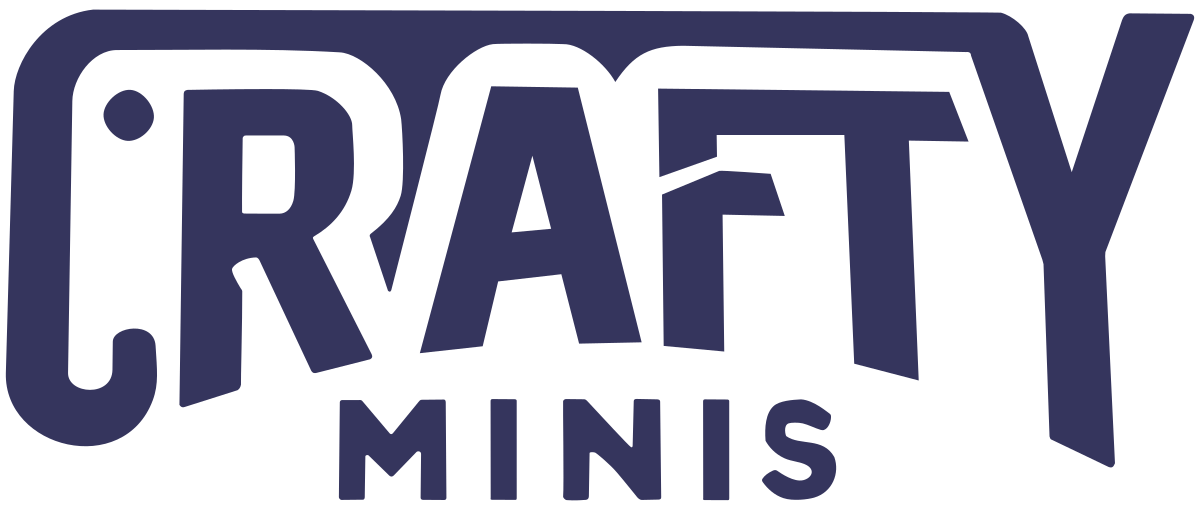Guide to Scale Model Kits
Find the Perfect Scale for Your Next Model. Discover the World of Scale Modeling with Precision and Detail.
1. Introduction
Plastic model kits are a popular hobby among modelers worldwide. From World War II aircraft to race cars and historic ships, these miniatures allow enthusiasts to recreate vehicles, aircraft, ships, and figures from various eras and styles with remarkable detail. For many, assembling a model is not just a pastime but also a way to relive history or express their creativity through building and painting. One of the most important aspects when choosing a model kit is the scale, which determines the size of the model in relation to the real object.
2. What is a Scale?
The scale of a model is represented in the format “1/X,” where “X” is the reduction factor relative to the real object’s size. For example, a model at a 1/35 scale means that every 1 cm on the model represents 35 cm in reality. The smaller the number in the scale, the larger the final model will be.
3. Most Popular Scales and Their Applications
Below are the most common scales in modeling, along with their typical applications.
Military Vehicles and Figures
- 1/72: A balance between compact size and detail level.
- 1/48: A compromise between detail and required space, ideal for dioramas combining vehicles and aircraft.
- 1/35: A popular scale for military vehicles and ground dioramas.
Aircraft and Aviation
- 1/144: Used for commercial and military aircraft in smaller sizes.
- 1/72: The most common scale for military fighters and bombers.
- 1/48: Offers excellent detail without being excessively large.
- 1/32: Considerable size with a high level of detail.
Cars and Motorcycles
- 1/24 – 1/25: The standard for street and race cars.
- 1/12: Popular for motorcycles with a great level of detail.
- 1/8: Used for premium models with advanced mechanical details.
Ships and Submarines
- 1/700: A common scale for naval fleets and dioramas.
- 1/200 – 1/144: Extreme detail in large-scale models.
- 1/350: A balance between size and detail level.
4. How to Choose the Right Scale?
Choosing the right scale depends on several factors:
- Available space: Larger scales require more display space.
- Level of detail: Larger scales allow for more intricate details.
- Compatibility: If combining models in dioramas, using the same scale is recommended.
- Accessory availability: Some scales offer a wider range of accessories and figures.
5. Tips for Modelers Based on Scale
- Tools: Depending on the model’s complexity,specialized tools such as fine tweezers and magnifying glasses may be necessary for handling small parts, regardless of the scale.
- Painting: For a professional finish in any scale, it is recommended to use model-specific paints. Check our modeling paints section to find suitable options for each type of model.
- Weathering techniques: To achieve a realistic effect in any scale, using specialized modeling products such as washes, pigments, and oils is advisable. Visit our weathering and aging products section for the best options for your model.
- Diorama effects: To enhance realism in dioramas, specific products such as snow, mud, rust, spilled oil, etc., can be used. These materials add visual depth and realism to scenes. Check our diorama effects products section for suitable options.
6. Conclusion
Scales in modeling determine the level of detail and compatibility with other models and dioramas. When choosing a model kit, it is important to consider available space, the model’s purpose, and accessory availability. Brands like Tamiya, Revell, Italeri, and RFM offer a wide range of options in different scales to satisfy modelers of all levels.
